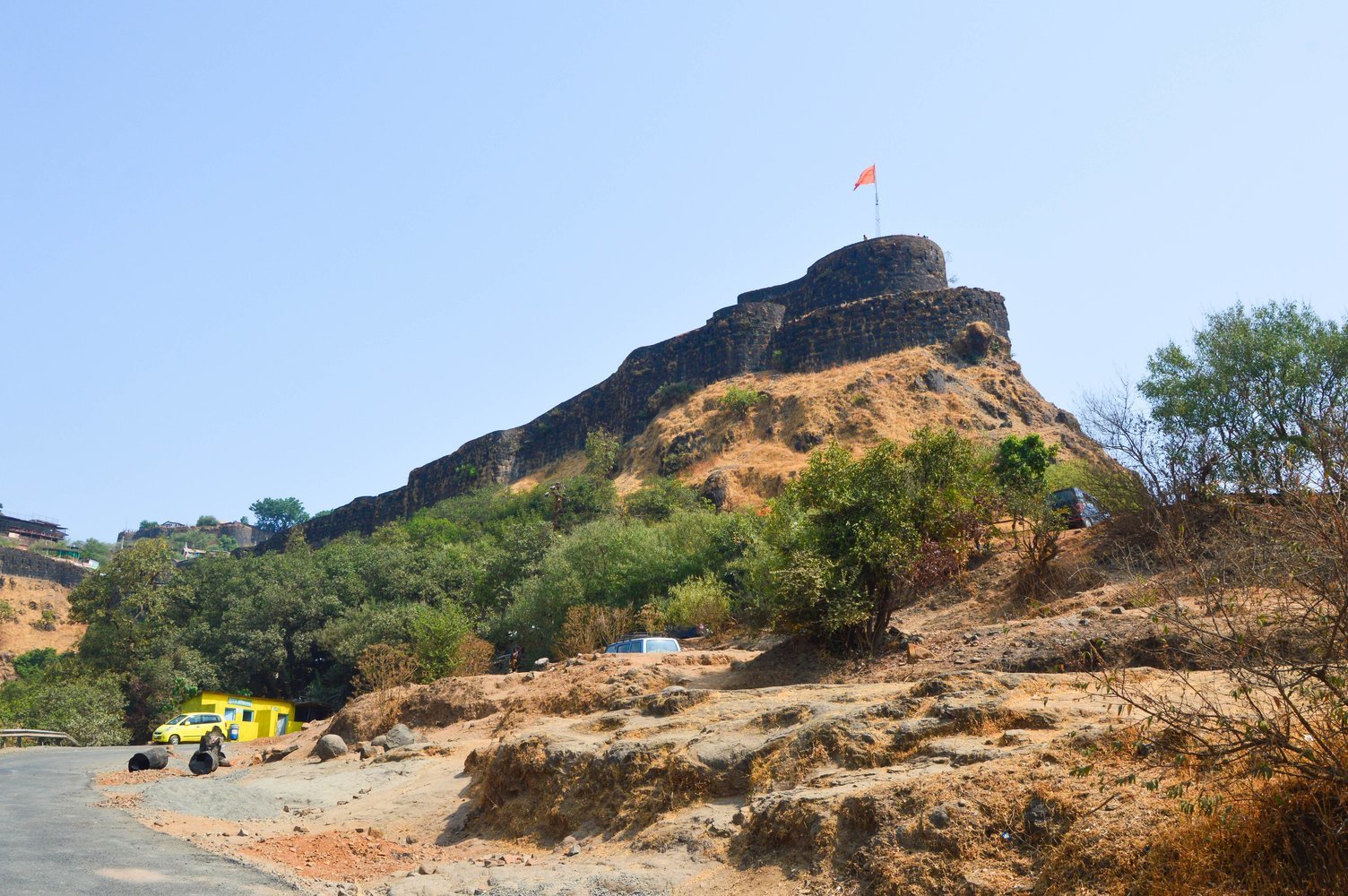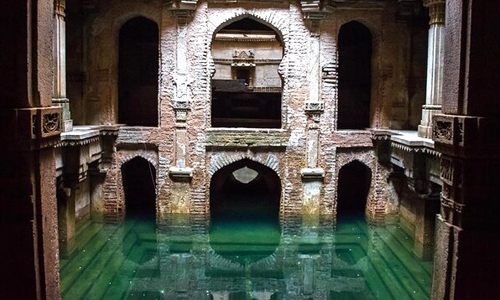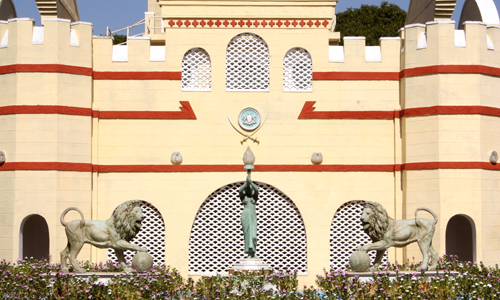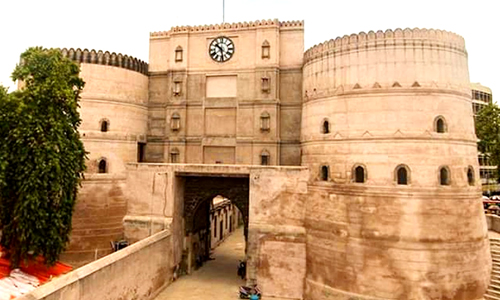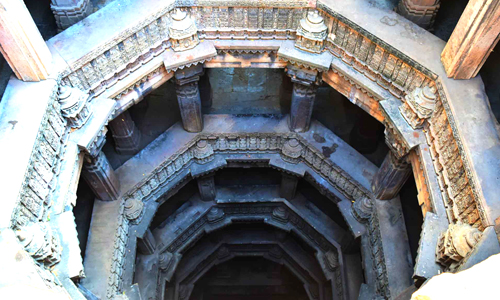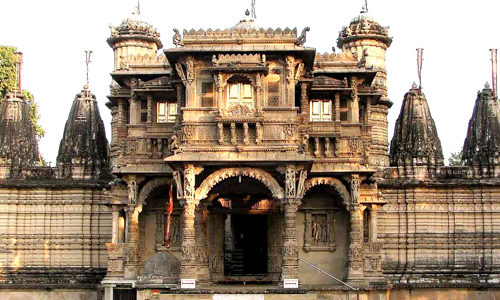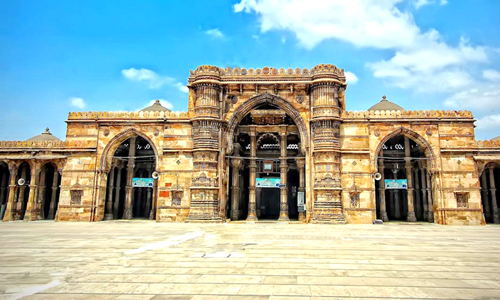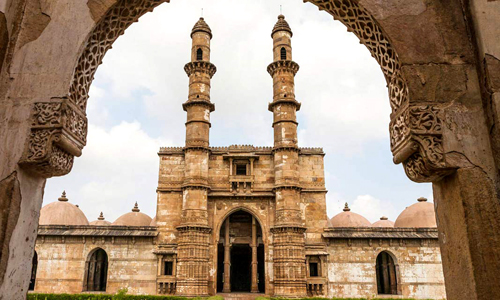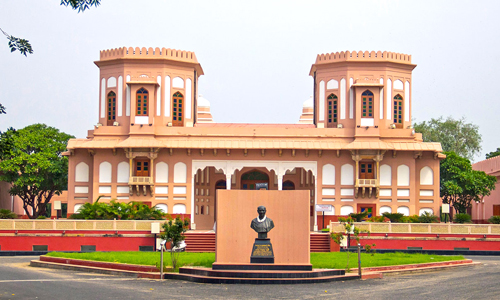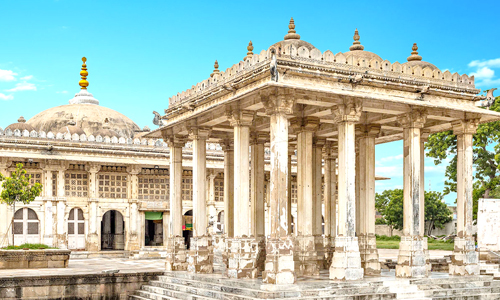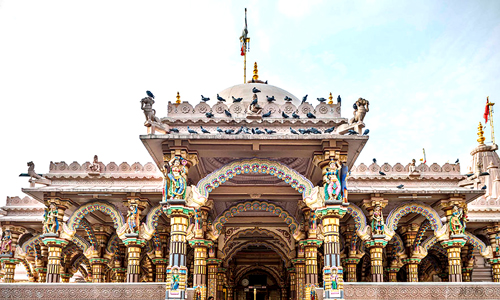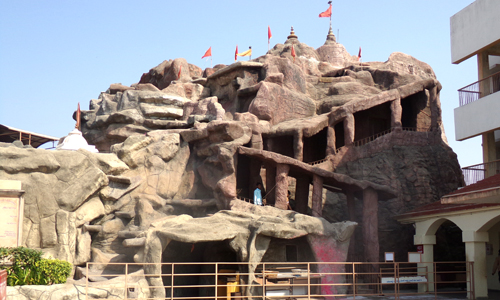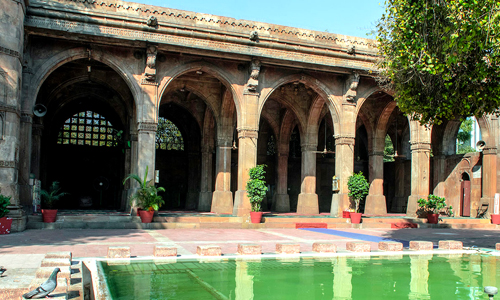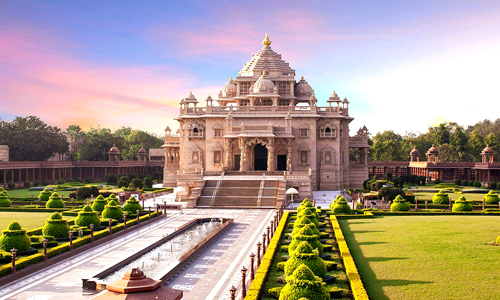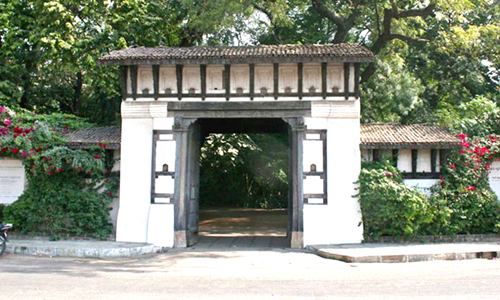Sabarmati Ashram, north of Ahmedabad in Gujarat, was the home to Mahatma Gandhi and his wife Kasturba. The Sabarmati River runs alongside the Ashram in a serene and uncrowded area. Gandhi also launched his Dandi March from this spot. It is among the popular places to visit in Ahmedabad.
Gandhi thought that since it was between a cemetery and a prison, a Satyagrahi would undoubtedly commit suicide there. You will experience a renewed sense of independence at the Ashram. The museum is the most well-known of the various establishments on the grounds of the Ashram.
History
In 1915, he built his first Ashram in Kochrab, but it needed to be more significant for animal husbandry, farming, or khaki. In 1917, it came to Sabarmati Ashram, also famous as Gandhi Ashram, Harijan Ashram, and Satyagraha Ashram.
Gandhiji lived in an ashram from 1917 to 1930, where he established a school for agriculture, manual labour, and literacy. He led the Dandi march in 1930, leading to the British government's secession. In 1933, he disbanded the Ashram, vowing to return when India gained independence.
What is Sabarmati Ashram famous for?
Mohandas Gandhi resided in the Ashram, also called Harijan Ashram, from 1917 till 1930. It was one of the primary hubs of the Indian independence movement. A place must be in the Ahmedabad tour package.
What are the rules of Sabarmati Ashram?
Food, like medication, must thus be given with appropriate moderation. Following this rule, one must avoid flavour-enhancing items like sauces and spices. Meat, alcohol, tobacco, bhang, and other drugs have no place in the Ashram. This guideline dictates that feasts or banquets to cause pleasure must be avoided.
Is Sabarmati Ashram worth visiting?
A visit to Sabarmati Ashram is fascinating because of its exhibits and displays. Investigate the Ashram's numerous displays and exhibits. Artefacts, pictures, and records about Gandhi's life—including his personal effects and correspondence—are in the museum.


